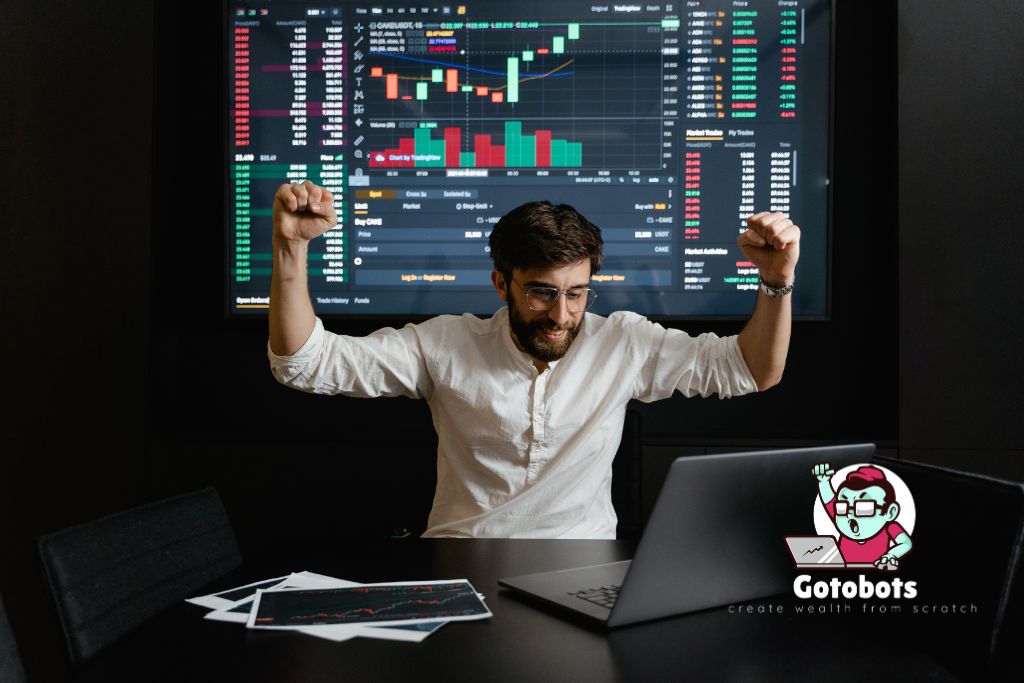In the world of automated finance, understanding AI trading bot performance is the key to unlocking success. Traders who want to move beyond guesswork and achieve consistent results must adopt a data-driven approach. This involves not just looking at profits, but also conducting a complete backtesting and metrics analysis, a process that validates a strategy’s effectiveness using historical data. This guide will walk you through the essential steps and metrics needed to accurately evaluate any AI trading bot.
The Role of Backtesting in AI Trading Bot Performance
Backtesting is the process of simulating a trading strategy on historical market data to see how it would have performed. It is the single most important step in the development of any AI trading bot. By replaying past market scenarios, you can identify potential flaws and optimize your bot’s parameters before risking real capital.
However, it’s crucial to understand the limitations of backtesting. While it provides a strong foundation, it’s not a crystal ball. Factors like slippage (the difference between the expected and actual trade price), latency, and unexpected market shifts cannot be perfectly replicated in a backtest. Backtesting is a simulation, not a guarantee of future success. For a truly robust analysis, a trader must also consider out-of-sample data and paper trading to validate results.
Key Metrics for Analyzing AI Trading Bot Performance
To get a comprehensive picture of your bot’s effectiveness, you must go beyond simple profit and loss. Here are the key metrics you need to analyze for a truly Ai trading bot performance complete backtesting and metrics analysis free:
- Win/Loss Ratio: This metric measures the percentage of profitable trades compared to losing trades. While a high ratio is desirable, it doesn’t tell the whole story. A bot with a lower win rate could still be profitable if its winning trades are significantly larger than its losing ones.
- Maximum Drawdown: This is one of the most critical risk metrics. It measures the largest peak-to-trough decline in your portfolio during a specific period. A lower maximum drawdown indicates a more resilient and less volatile strategy, which is often preferable for risk-averse traders.
- Sharpe & Sortino Ratios: These ratios help evaluate the risk-adjusted returns of a trading bot.
- Sharpe Ratio: Measures the excess return per unit of total risk (standard deviation). A higher Sharpe ratio indicates a better return for the amount of risk taken.
- Sortino Ratio: This is a variation of the Sharpe Ratio that focuses specifically on downside risk (negative volatility). It’s often considered a more accurate measure for traders because it doesn’t penalize upside volatility.
- Profit Factor: This is calculated by dividing the gross profit of all winning trades by the gross loss of all losing trades. A profit factor greater than 1.0 indicates a profitable system, with higher numbers being better.
- Expectancy: This metric tells you the average amount you can expect to win or lose per trade. It is a powerful measure for understanding the long-term viability of your trading strategy.
Best Practices for Optimizing AI Trading Bot Performance
Continuous optimization is essential for maintaining a bot’s edge. Here are some best practices:
- Periodic Strategy Reviews: The market is constantly changing. A strategy that worked well six months ago might be obsolete today. Regularly review your bot’s performance and consider updating its parameters or logic to adapt to new market conditions.
- Use Advanced Tools: There are a variety of platforms and APIs available for backtesting and analysis.
- Incorporate Machine Learning: True AI bots are not just static algorithms; they learn and adapt. Incorporating machine learning models like Neural Networks or Reinforcement Learning can allow your bot to identify patterns and adjust its strategy in real time, giving it a significant edge.
FAQ
Q1: What is the most important metric for an AI trading bot?
A: While profitability is what everyone aims for, the Maximum Drawdown is arguably the most important metric. A bot with a high profit but an equally high drawdown indicates a high-risk, volatile strategy that could wipe out your account. A low drawdown demonstrates a safer, more stable system.
Q2: Can I get a free backtesting solution?
A: Yes, many platforms offer a free backtesting feature or a limited free trial. Some open-source frameworks like Backtrader are completely free, though they require some programming knowledge to use.
Q3: How often should I optimize my trading bot?
A: The frequency of optimization depends on the market’s volatility and the bot’s performance. A good practice is to review and re-optimize your bot every few months or whenever its performance begins to degrade.
Q4: Is backtesting enough to ensure a bot’s success?
A: No, backtesting is a crucial first step, but it is not a guarantee. You should always combine backtesting with paper trading (simulated live trading) to validate your strategy under current market conditions before deploying real capital.



